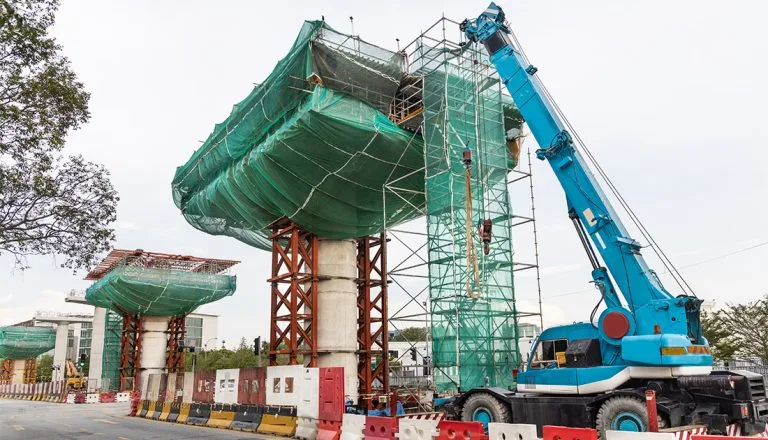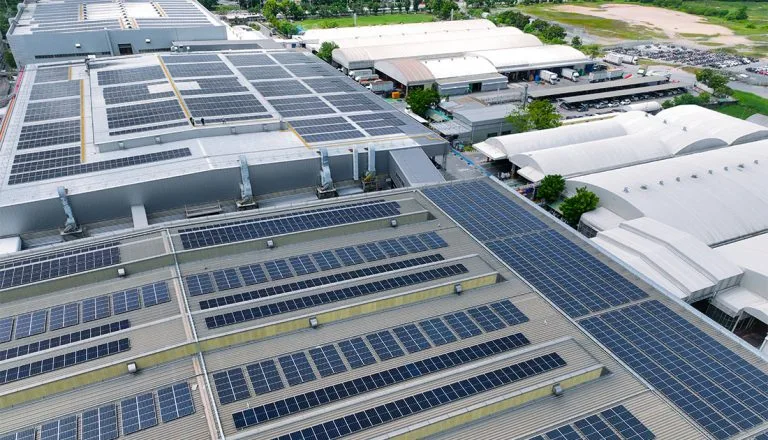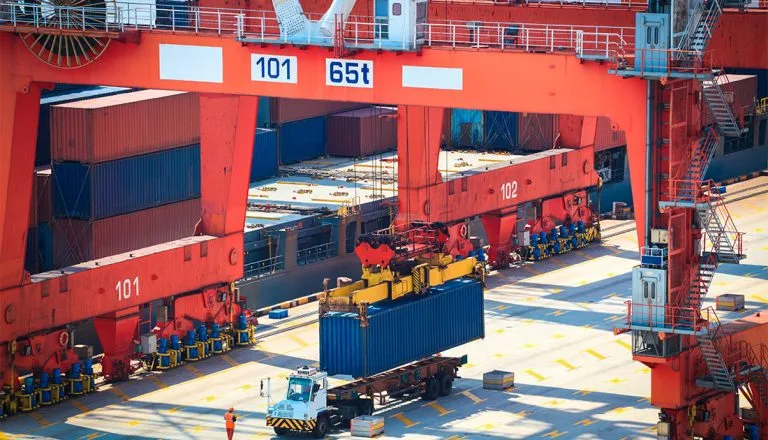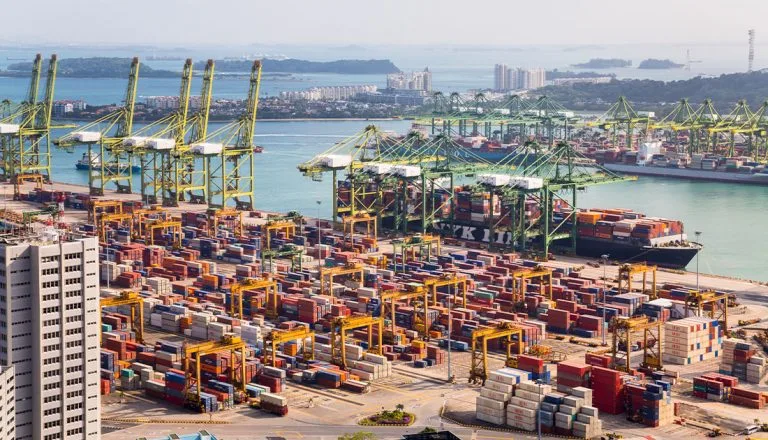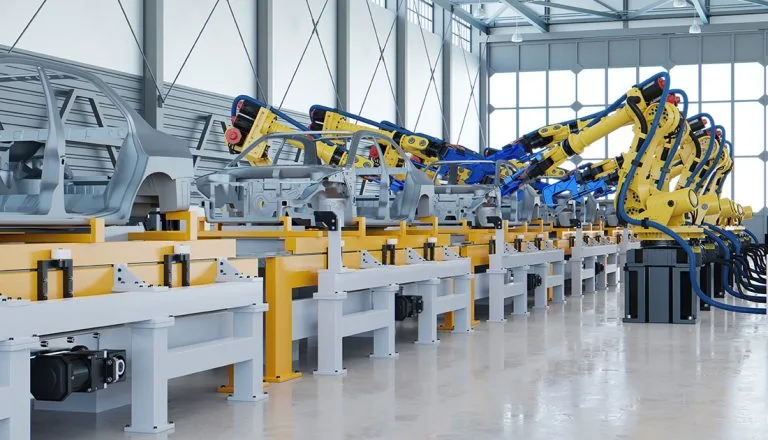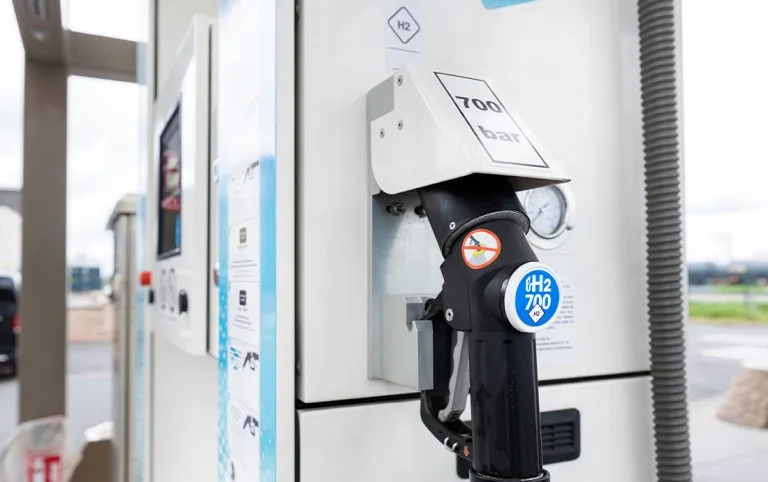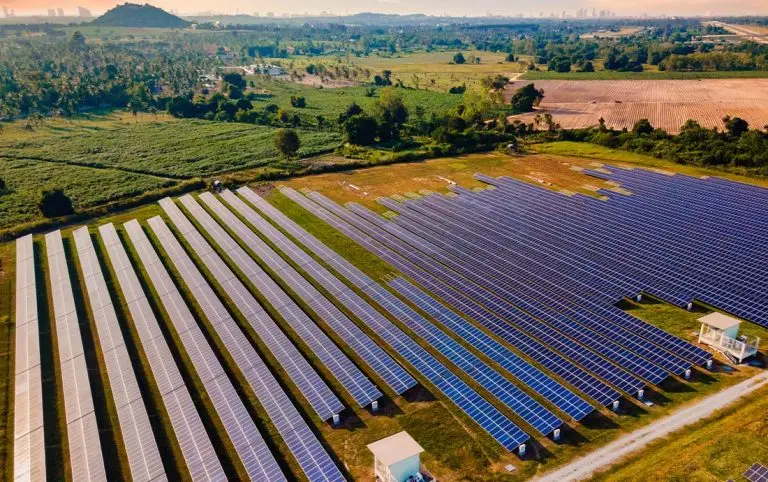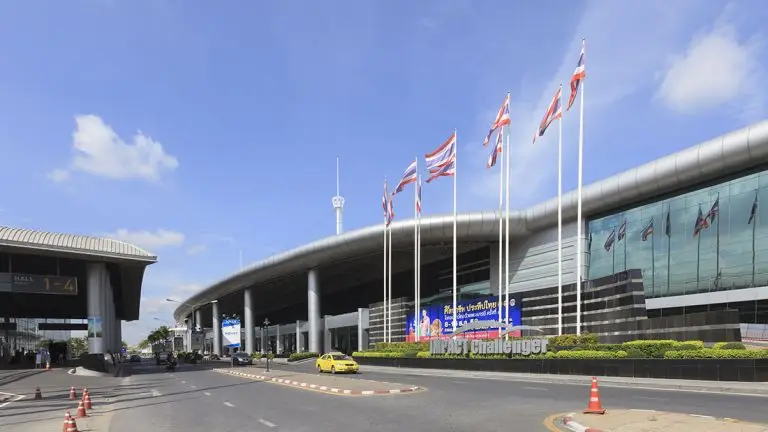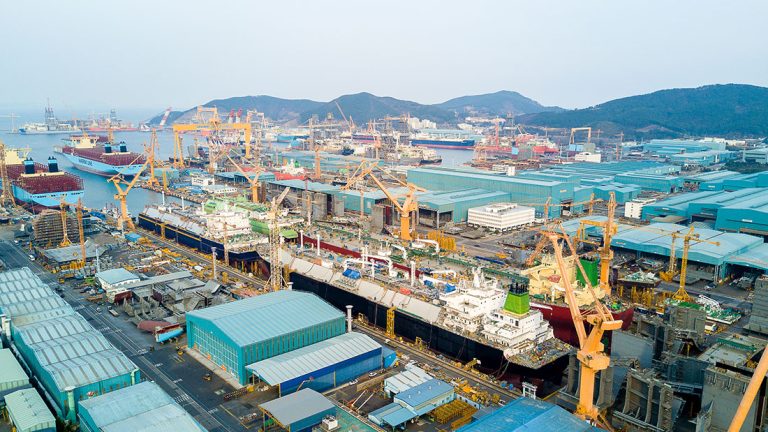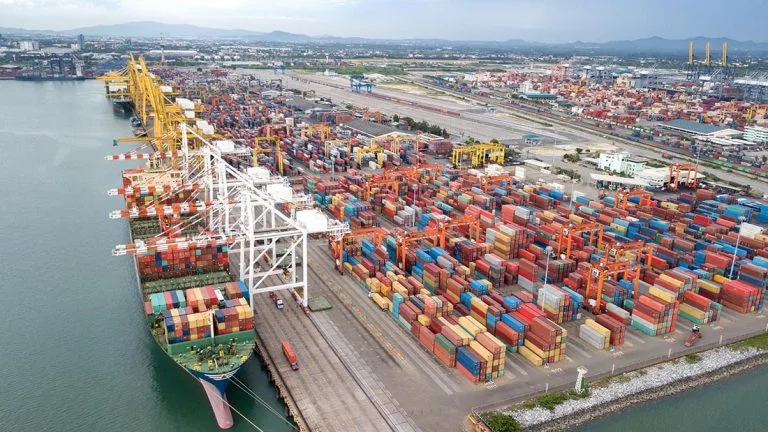- AI investments from Asia are projected to record a CAGR of nearly 25 percent between 2023 and 2028
- The number of companies in Asia using AI in at least one business function surpassed 70 percent in 2024
- Opportunities can be found across the AI value chain with infrastructure, products, and data collection in high demand
AI investment in Asia is expected to surpass USD110 billion by 2028 as more companies from various industries embrace its potential. This is creating new opportunities as the region looks to scale infrastructure and build an AI value chain. Asian Insiders Managing Partner Jari Hietala examines the current state of the market in Asia and the role foreign companies can have in supporting the sector.
It can be argued that Asia has surpassed Europe and now rivals North America when it comes to artificial intelligence. Most countries now have a national AI framework in place. Meanwhile, many of the largest players globally, including Google, Amazon, Microsoft, and Nvidia, are in the process of scaling efforts.
Activity is likely in anticipation of increased investments in AI and Generative AI predicted to occur across Asia. This is expected to record a compound annual growth rate of nearly 25 percent between 2023 and 2028.
Organisations in Asia Pacific are increasing AI-related budgets or have plans to do so in the near future. More than 70 percent of companies in the region are believed to have adopted AI in at least one business function, eliminating a massive hurdle.
The first step is utilisation. Next up is building capabilities. To that end, investment in AI solutions could triple in some countries, including Japan, South Korea, China, and India. Elsewhere, businesses in Southeast Asia are likely to double AI outlays.
The latter may be of interest to small- and mid-sized AI enterprises across the value chain. While the markets in many Southeast Asian countries are not as developed as their technologically advanced neighbours, the opportunities here will be potentially more expansive in the years to come as they feature rapidly growing digital economies.
ASEAN believes AI could boost the region’s gross domestic product by as much as 18 percent by 2030. With the majority of countries boasting increasingly digitally native populations, acceptance of solutions is already being seen. The key for businesses will be bringing these two together into tangible efforts that produce a return on investment.
The AI race in Asia
As AI costs come down, more industries are open to leveraging the technology. The banking and financial services sectors were among the first to embrace it, and the trend is set to carry on with more applications being launched.
There is a growing demand for AI-powered security solutions. A key driver is the focus of countries on expanding the digital economy which has some safety issues that need to be addressed. This is in addition to customer-focused products, such as personal recommendations and credit decision making assistance.
Healthcare is an industry where AI is only starting to scratch the surface of what may be possible. A handful of Asia’s most prominent hospitals have begun incorporating it into certain processes, such as colonoscopies, to improve detection. In China, numerous companies, including pharmaceutical manufacturers and medical facilities, have incorporated DeepSeek into their operations.
Manufacturing and logistics are other sectors where investment in AI could soar over the next few years. The technology has already proven capable of optimising supply chains, eliminating waste, and providing businesses with the information needed to make better decisions. Now that proof of concept has been established, Asian firms in these industries will increase spending.
AI investment opportunities in Asia
AI investment opportunities in Asia span the current value chain. Here are a few of the areas where foreign organisations can find success.
Infrastructure – This field has already seen heavy investment as it relates to AI. However, many Asian countries are still on the lookout for overseas contributions in data centres, cloud computing, and other AI-related infrastructure. It should be stressed; needs vary by market.
Japan and South Korea seek more niche facilities capable of handling AI-specific functions. India, Indonesia, and Vietnam are among the countries welcoming foreign data centre operators along with companies capable of capacity expansion. Malaysia and Singapore are eying green solutions that reduce energy consumption and water demands.
Apps & Tools – Businesses in Asia are ready and perhaps even eager to embrace AI applications and tools in a wide range of areas, covering everything from optimising business processes to customer service. Decision makers across most major sectors now understand the potential these can have.
Yet, they will not utilise AI for AI’s sake. There is an appetite for proven tools capable of delivering tangible return on investment in the short and long term. The opportunities here are for products that can demonstrate functionality and success.
Big data collection – A significant issue for several countries in Asia is a lack of usable data or a collection process that allows AI to be effective. Organisations with expertise in collecting, cleaning, and structuring data should explore opportunities as many markets do not have enough local players in this area to satisfy demand.
AI Integrators – For larger organisations seeking specific solutions, they will rely on AI integrator firms to develop bespoke applications.
Security – While questions remain as to AI regulations, more businesses in Asia Pacific are becoming mindful of data security and cybersecurity infrastructure.
Talent development – A talent shortage has become a pressing concern that threatens to hinder AI expansion efforts. Several markets are seeking partners to reskill and upskill the local labour pool. There is also interest in developing AI training programmes through public-private partnerships aimed at the university level.
Final thoughts
It is impossible to talk about AI without addressing the proverbial elephant in the room–uncertainty. Without a clear framework in place for governance, ethics, and many other crucial issues, risk will linger over the space. Most Asian countries have guidelines and continue to develop these. That does provide some stability.
For those considering market entrance in Asia, finding the right location in terms of demand and pricing is critical. Even with investment and adoption picking up across the region, success is far from guaranteed.
The race is already on regarding data centres and cloud computing infrastructure. Opportunities here still exist, especially in more specialised areas, such as EDGE computing or facilities outside of traditional hubs. Additionally, firms boasting expertise in data centre energy efficiency or renewable integration are currently in demand.
Other opportunities along the AI value chain will come down to cost and return on investment. Are offerings financially feasible for a specific market, and can they generate tangible, trackable results for businesses?
This is where a market entry specialist, like Asian Insiders, can be of value. By having deep, on-the-ground knowledge of Asia, we can place AI-related businesses on the path toward success by focusing on the countries best suited for their offerings.
AI investment and adoption are increasing across Asia, and this is creating new opportunities for overseas companies to enter the market. To learn more, schedule a no-obligation call with Jari Hietala, Managing Partner: jari.Hietala (at)asianinsiders.com


